How To Build A Sales Pipeline To Seal More Deals Faster?
Do you know companies that managed sales pipelines better witnessed 28% higher growth? Don’t you want to replicate that success? It is possible when you build a pipeline that represents your sales funnel.
Now, what if you don’t bother about this statistic and continue with your current unstructured process? Well, it would be a daunting task to visualize your sales process, leading to missing out on deals. That would lead to a lower sales revenue which you would never want, right? Therefore, you must focus on building a sales pipeline that is the most well-suited for your organization.
Let’s find out more about the sales pipeline, its different stages, how you can build one for your business and manage it well.
Table Of Contents
What Is A Sales Pipeline & Why It Is Important?
A sales pipeline is a systematic, visual way of tracking potential customers as they move through the various stages of the buying process.
In other words, a pipeline involves a series of steps that begin with an initial interaction with a prospect and ends with converting the prospect into a customer. It enables you to visualize the whole sales process.
A sales pipeline has different stages that help in breaking down the entire sales process into manageable tasks. This way, you can achieve sales goals easily.
With the help of the a pipeline, you can find out the number of deals in different stages of the sales process and their value. As a salesperson, you would know which deals you have to focus on and your future revenue.
Here are a few reasons that make a pipeline for sales important,
1. Finding issues is easier
You get a visual idea of the company’s sales process from the pipeline. It makes it possible to spot an issue at any stage of the process and find a way to fix it.
2. Helps measure team performance
A pipeline allows you to look at how sales reps are performing at an individual level. It is also easy to see how close the sales reps are close to meeting the sales targets.
3. Increases productivity
Sales reps can know which step will come next with a sales pipeline, making it easier for them to handle their tasks. It would increase the productivity of sales reps.
4. Provides information
Sales teams would get all the information and financial metrics they need from sales pipelines to predict the revenue and plan for future B2B sales strategies to facilitate the growth of the business.
Sales Pipeline vs Sales Funnel
Sales pipeline and sales funnel are both terms used to describe the stages of the sales process, but there is a difference between the two.
Sales Pipeline
A sales pipeline refers to the steps a salesperson or sales team takes to convert a lead into a customer.
The pipeline is typically divided into stages:
- Prospecting
- Qualification
- Presentation
- Closing
The pipeline helps the sales team track each opportunity’s progress and ensure that they follow up with each lead effectively.
Sales Funnel
A sales funnel, on the other hand, refers to the broader process of attracting and converting leads into customers.
The funnel is typically divided into stages corresponding to the buyer’s journey, such as awareness, consideration, and decision.
The funnel helps visualize the overall sales process and identify areas where potential customers may drop out.
What Do You Need To Build A Sales Pipeline?
Before moving to how to build a sales pipeline, you need to know about what you require and they are the following:
1. A list of potential customers
This is the most obvious requirement for building a pipeline. Include the details of prospects such as their names, contact information, where they work, job title, and how they got to know you or how you think they are likely to purchase.
2. The sales process of your team
A sales process works as a guide for the sales team by letting reps know what they must do to convert the prospect into a paying customer. By following the steps of a good sales process, reps can recreate success each time they work on a prospect. Thus, having a well-defined sales process has its perks. If that is not the case with your organization, you can always create a solid process.
3. The organization’s revenue targets
To create a pipeline that helps you close the maximum number of deals and achieve your organization’s revenue goals, you have to be ready with those goals. By looking at the target to be achieved, you can calculate the number of deals you need to match the number.
4. A discussion with your team
Since the whole sales team will use the same pipeline, involving everyone in the decision-making stage is essential. You will also get a different perspective on what you have considered implementing.
How To Build A Sales Pipeline?
Now that you know what goes into building a sales pipeline for your organization, let’s see how to build a sales pipeline in a step-by-step manner,
1. Know the 3 P’s well
The three P’s are the product, person, and pitch.
The product you are selling, the person you are selling, and the pitch you are using to sell.
Product – Know your product
You have to know your product inside-out to seem convincing when you present yourself to the potential customer. You must be in a position to answer all their questions and be able to clear all their doubts with complete confidence. Product knowledge will help you hold engaging conversations around your product or service. Read more about sales engagement tips.
Person: Find all you can about your audience
You have to find out about the person you are selling to, i.e., who your audience is. Begin by looking for the attributes that they share. Try your best to understand what challenges they face presently and how you can help them. While researching your audience, it is essential to look at data. If you don’t know where you can get all the data from, check out the places below,
a. CRM – Your organization’s CRM can help you find out issues your current customers face.
b. Google Analytics – Find out who visits your company’s website.
c. Customer service agents – Find out the usual struggles of customers and what kind of solutions they need. Customer service agents can get you the correct details as they interact a lot with customers.
d. Customer surveys – Conduct surveys to get first-hand information about customers and the issues they face.
e. Social media – Get insights from social media platforms like Facebook, Instagram, and LinkedIn.
Knowing your prospect will help you tackle them better as you would know what to say when.
Pitch – Know your pitch thoroughly
Once you know about the product and the prospect, you have to develop a pitch to which the customer cannot say no. It has to address the problem the prospect is facing. Your sales pitch matters a lot provided you use it properly.
2. Set your sales pipeline stages
You shouldn’t pitch your product as soon as you find a new prospect. The sales process has different stages, and you have to go through them before coming to the purchasing decision. Pipeline stages differ from company to company and depend on different factors. To create pipeline stages for your organization, you need to find out the milestones that prospects have to accomplish in their journey to become paying customers.
3. Segment your prospects
To maximize sales, you must segment leads right at the start of your pipeline. Selling the same way to different people won’t fetch you great results. The concept of one-size-fits-all won’t work in this case.
Here’s how you can segment your prospects,
a. Demographics segmentation
You have to group prospects by age, gender, ethnicity, qualification, and income.
b. Behavioral segmentation
It involves grouping prospects based on their buying patterns, such as how often they purchase, their loyalty towards the brand, and how they buy.
c. Psychographic segmentation
This type of segmentation involves grouping prospects by their lifestyle, personality, values, interests, and beliefs.
d. Geographic segmentation
In this segmentation, you have to group leads based on where they reside.
With the right kind of segmentation, the buyer journey will be smoother, and it will be easier for you to approach the prospects.
4. Identify trigger behaviors
There is a need to create a steady inflow of leads who are qualified and likely to purchase for a business to grow. However, that doesn’t mean that you can fill the pipeline with leads just for the sake of it. You have to ensure that they are of the right kind.
Closely observe which trigger behaviors of the leads move them to the next stage of the pipeline and make them convert. They can be things like downloading resources from your website, watching your video, requesting a demo of your product or service, or completing a free trial. They indicate that the lead is interested in your offering.
You can also find out what the sales and marketing team can do to encourage such favorable behavior of leads. The actions can be consistent follow-ups, changes in the content of the trial offer page, or offering incentives.
5. Fine-tune the sales process
After identifying trigger behaviors, you have to create a sales process that makes you close more deals.
Here’s is how you can do it,
Step 1: Analyze your current sales process.
Here is how you should consider doing,
1. Find out which channel is getting you the best leads. Try to focus on it and avoid investing too much in the channels not performing as expected.
2. Calculate how long it takes to close a deal and how you can reduce the time taken.
3. Find out the number of emails or phone calls needed to get a positive response from leads.
4. Check whether you are interacting with the right individuals. Low sales despite putting in effort indicate that you are not targeting the right people.
5. See at which stage there is a fall in the number of leads.
Step 2: Concentrate on steps that have helped you make more sales in the past.
Closely analyze what has been making your company close deals successfully. Find out what is common in those successful deals and what you did differently to make each of them successful. Check the average order value of the deals and the way you worded the proposal.
Based on all that information, you can create a template that can help you close more deals successfully in the future.
Step 3: Add new strategies based on the data the pipeline provides
If you come to know that conversions increase upon going further down the pipeline, you can start paying attention to your initial offer. In case you were offering a free ebook, consider offering something of higher value. It may help you get more leads right at the beginning of the sales pipeline. These strategic changes to the existing pipeline will go a long way in getting your desired results.
So, that was about creating a sales pipeline. Let’s forge ahead now.
What Are The Different Sales Pipeline Stages?
A pipeline for sales has seven main stages, and they are the following:
1. Lead generation
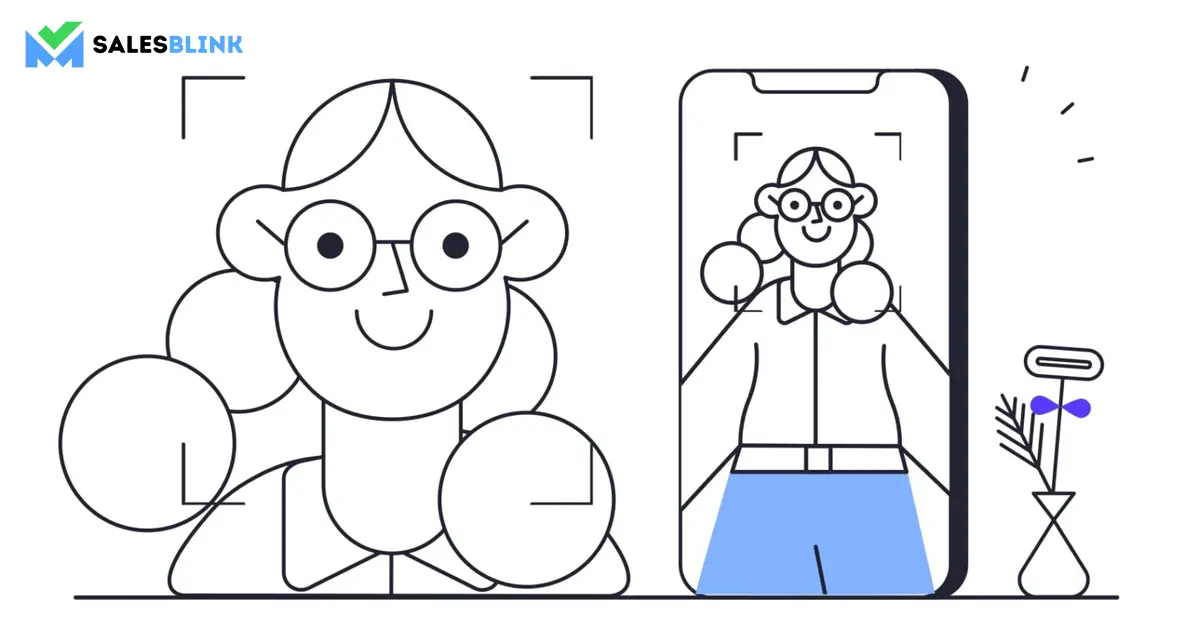
B2B lead generation is usually a task that the marketing team carries out, but it is still a part of the sales pipeline. As sales can contribute a lot to lead generation, it is the first stage of the pipeline.
Here is what the sales team should do in this stage,
Create ideal customer profiles
To create ICP (ideal customer profiles), you should study closed deals wherein your company and their company gained mutual benefit. Find out the common attributes among those customers. It will help you create a clear customer profile. It is best to involve real-time marketing in this task as well.
Align with marketing in content creation
Content marketing forms a part of lead generation. The sales and marketing teams should have joint brainstorming sessions to provide valuable inputs to help make the content look appealing to prospects.
2. Prospecting
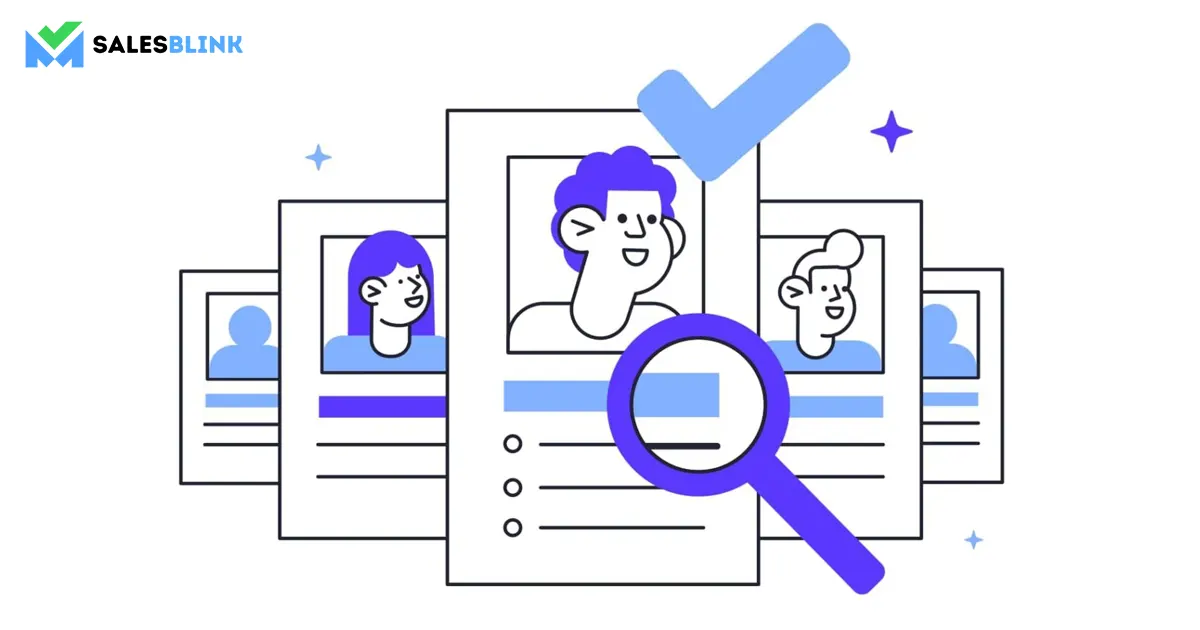
Prospecting is a one-on-one approach where you draw prospects who would like to purchase your product or service.
But according to a study, 50% of prospects don’t fit into the definition of an ideal customer. That is why it is essential to do lead scoring before letting leads into the sales funnel.
Make the most of industry events and have sales reps engage in meaningful conversations with people. The aim is to leave a lasting impact on the minds of prospects.
Next, make sure you don’t sell to prospects immediately. Instead, pose as a trustworthy industry expert who prospects look up to.
At the prospecting stage, you have to do cold calling and cold emailing. Both of the activities will deliver results when done right.
3. Lead qualification
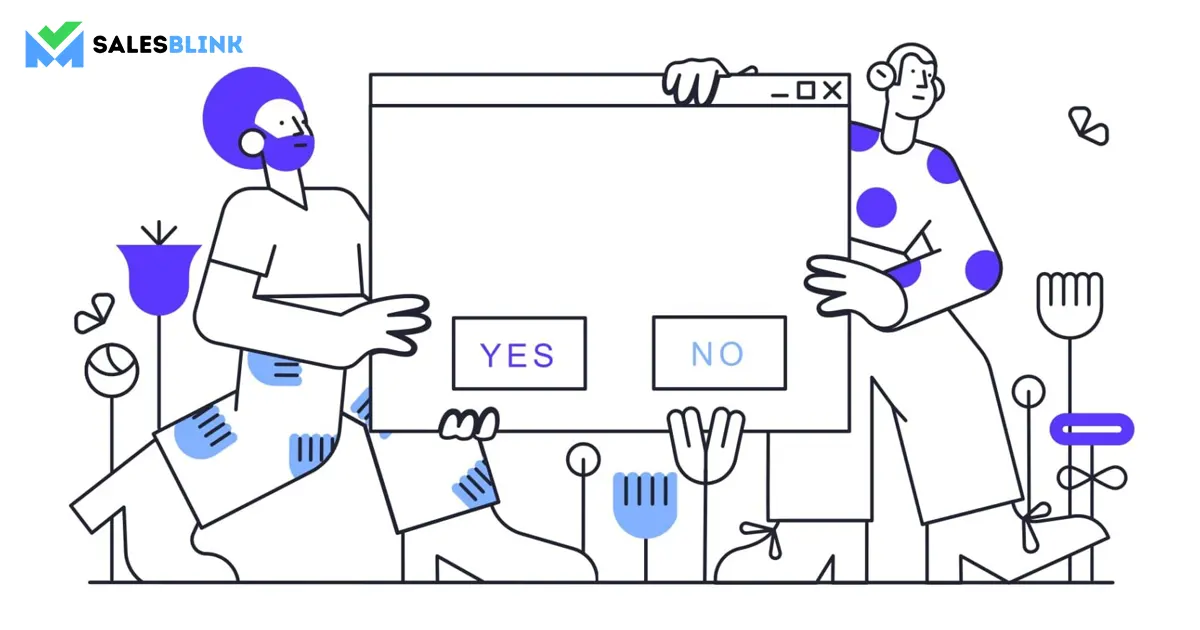
At the lead qualification stage, you have to ensure that the prospects match your customer profiles. You have to determine whether the prospects have the budget, the need, the authority to decide, and the timeline to purchase your product or service. To know that, you have to ask the right questions appealingly. Get as many details as possible about their pain points, such as the other tools they use, previously tried solutions, and similar details to qualify the prospect. Click here to read a simple lead qualification checklist.
4. Contact
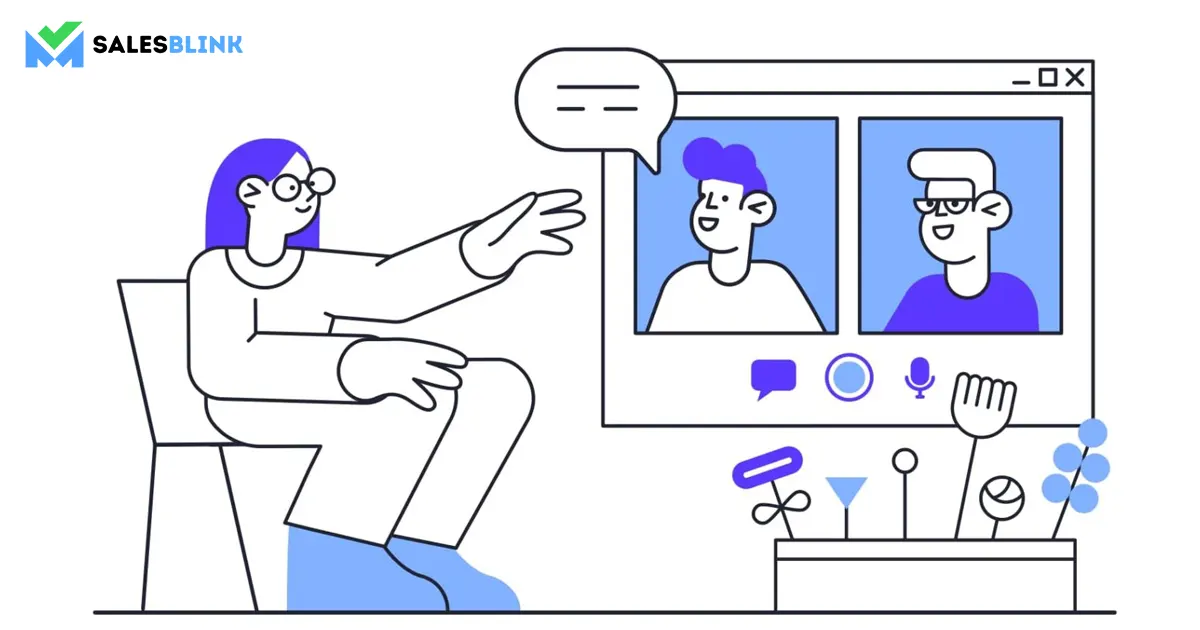
At this stage, you have qualified prospects who are interested in buying your product or service.
You have to sell your offering to them, which requires getting in touch using a phone call, an email, an in-person meeting, or a product demo. This stage involves follow up as well. Therefore, it is best to keep follow-up email templates ready.
5. Proposal
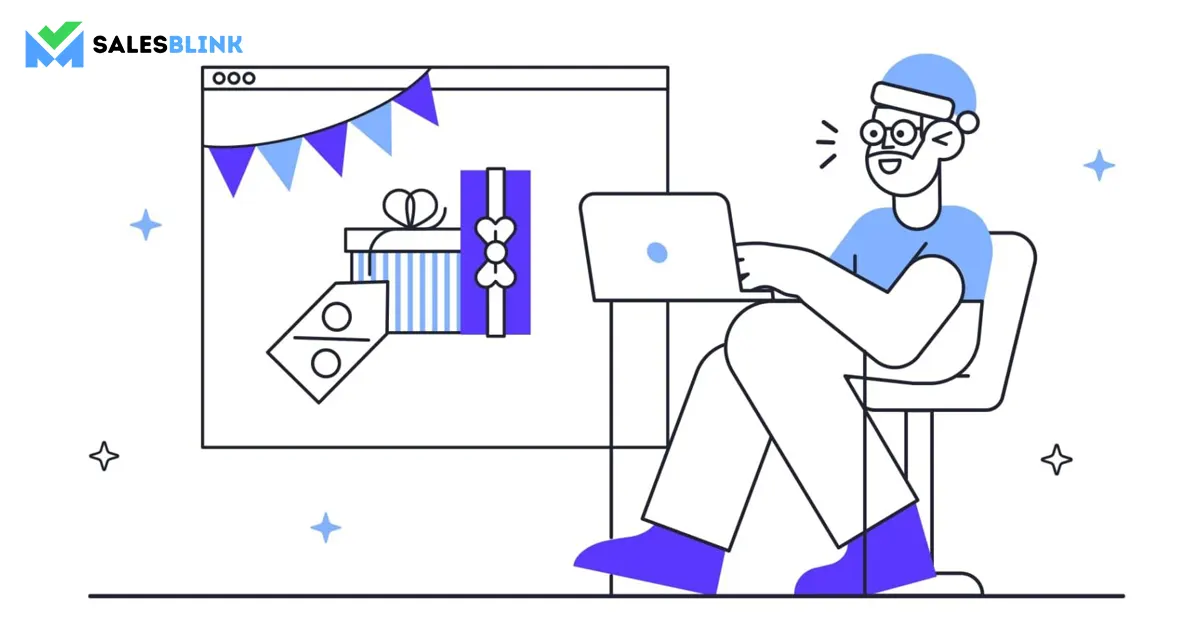
At this stage, you make the proposal that usually comprises the summary of the prospect’s problems, your product or service as the solution, pricing details, and the time required to implement the solution and train the employees. You also have to mention the terms and conditions involved. Just remember to customize the proposal as per the requirements of the prospects and stay customer-centric throughout.
6. Negotiation and closing
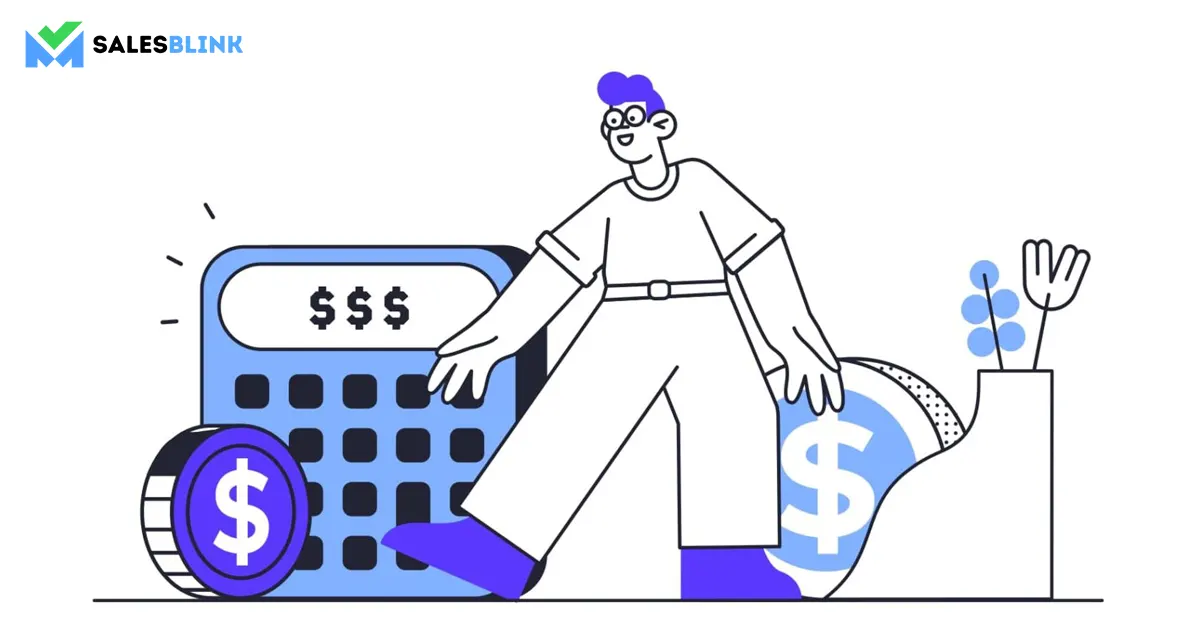
At this stage, you should negotiate a little with prospects if need be and leave it to them to take the decision. If things go well and the prospect is impressed with you and your product or service, you can log your win.
7. Retention
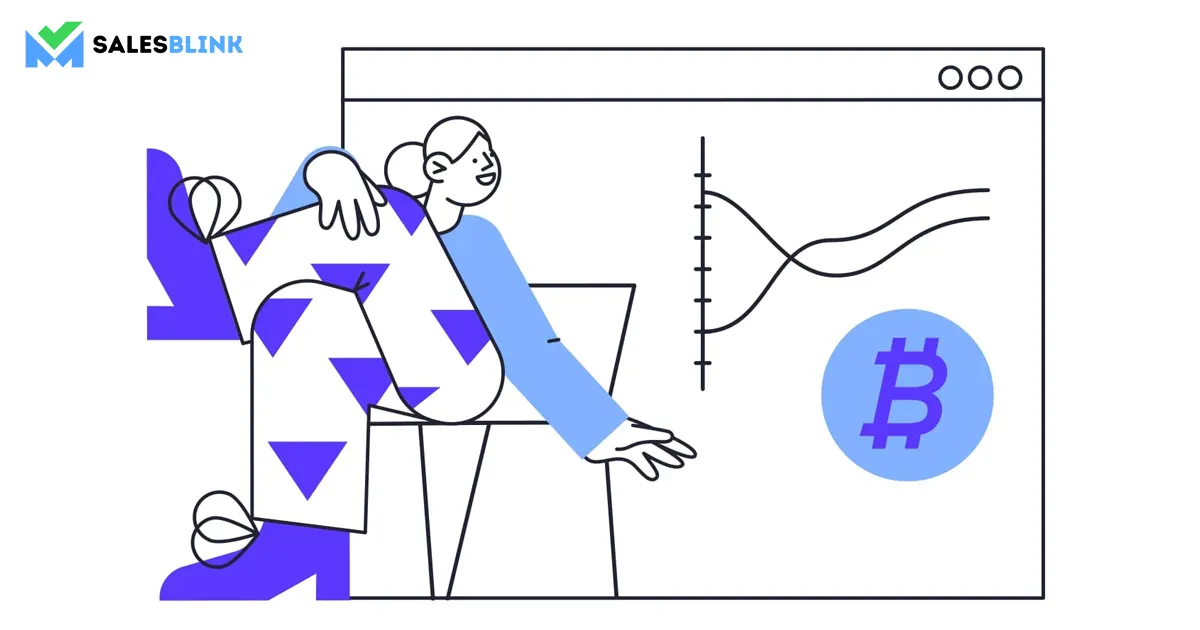
Even after you make a sale, your job is not yet over. You have to retain the customer so that you benefit in the long term as well. Help the customer during the sales onboarding process and periodically check on them to know how things are going. Also, it would be best if you asked for the customer’s feedback.
It is worth noting that both BDR & SDR have a role to play in the sales pipeline.
Bring Dead Leads Back To Life
You very well know that not every prospect who enters your pipeline will make a purchase. Instead of discarding the prospect, you should consider bringing them back to life.
Here’s how you can bring them to life,
1. Use the CRM data to find out the lost leads and make a note of the stage at which they left you, and find out why they lost interest in your product or service.
As soon as you develop a new product feature, get reconnected with prospects who wanted it previously. Reveal the news about the new feature to them so that you can rekindle their interest and move ahead in the hope of closing a deal this time.
2. Create a resource of high-value content, write a personalized cold email, attach that resource to it, and send it to disinterested prospects. If you get a response from them, reconnect with them so that you can take them through the remaining stages of the sales process.
So, the above are the two ways you revive your dead leads. However, there may be plenty of other ways too. If you know some creative ones, do try them. You are free to experiment and see what works the best for you.
With this, we come to the conclusion of how to build a sales pipeline.
Here is a sales pipeline example for you related to construction,

Common Sales Pipeline Mistakes To Avoid
Here are some of the commonly made pipeline mistakes that you should avoid,
1. Allowing the sales pipeline to become dry
A pipeline lets you know the number of deals your sales team has in hand, which may seem a lot at a certain point in time. However, not all of them will convert, so you have to have a steady flow of deals in the pipeline. Keep the number of deals more than the sales team’s target so that the pipeline doesn’t go dry.
2. Having a lengthy sales cycle
When the sales cycle is too long, the prospects lose interest in your product or service. The key is to keep it short and simple because nobody would like to cross so many hurdles to purchase your solution. With a short sales cycle, it is possible to close deals faster. It will increase revenue along with achieving the sales target easily.
3. Not understanding the customer’s needs.
There are times when salespersons try pushing deals through the pipeline without paying heed to the prospects’ requirements. Not all are the same, so as a sales rep, you have to understand the different needs of prospects. Moving a prospect who is not ‘ready’ will only block the sales pipeline. That is why it is essential to understand the needs of customers.
If you feel that you are not able to perform, read sales motivational quotes.
4. Not tracking deals
It is possible to miss deals in a cluttered pipeline, and even if you do spot them, you may not know how to prioritize them. As a sales rep, you have already seen that you have to track deals and find out how long they have remained stagnant, whether the lead is interested or not, and the sales activities conducted. This kind of tracking is not possible manually for which you have a CRM. It helps in determining how deals are progressing and tracks different parameters. It enables making the right decisions.
Start Building A Pipeline To Close More Deals
A pipeline for sales is a necessity for a business to flourish. You have to use a healthy approach while building your pipeline and feel free to add stages or remove some. It is possible to achieve targets better and earn more revenue when the pipeline is functioning right.
We hope you find our inputs on building sales pipelines useful and are able to create one that helps you close more deals than estimated.
FAQs
A sales pipeline is a systematic, visual way of tracking prospects as they move through the buying process. A sales pipeline involves steps that begin with an initial interaction with prospects and end with a conversion.
Here are the metrics to measure the quality of a pipeline,
– Number of deals present on the pipeline
– Average deal size
– Close-ratio – The average percentage of deals closed
– Sales velocity – The average time taken to close a deal
The average win rate helps improve a sales rep’s performance on the individual level. To calculate it, take qualified leads and divide the number by the opportunities.







